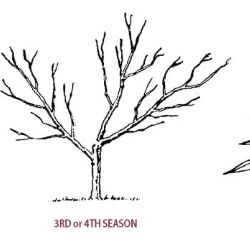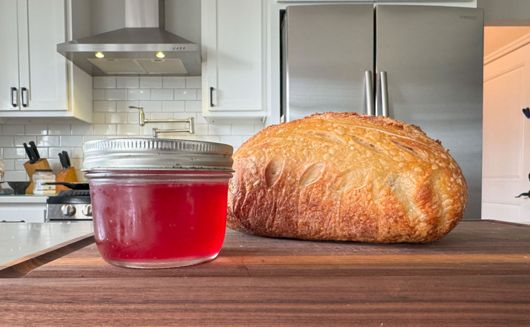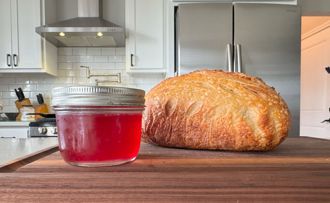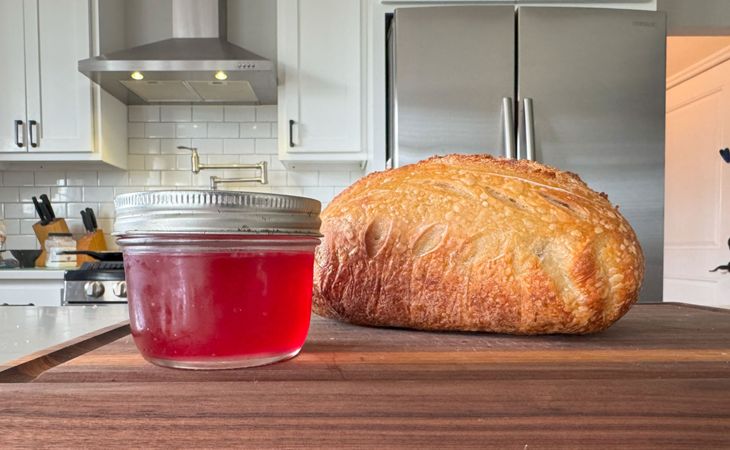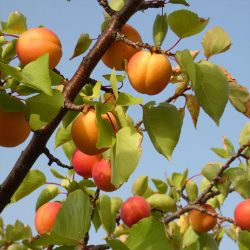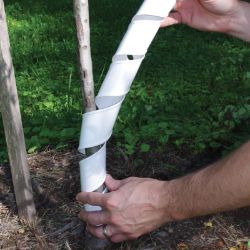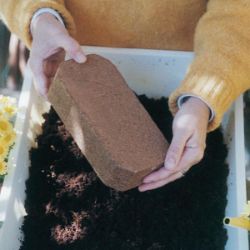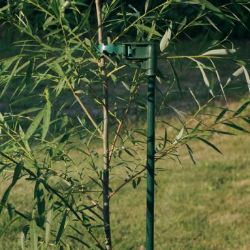Pruning Apricot Trees
Pruning is a very important part of proper fruit tree care, but many people find the task overwhelming. It doesn’t have to be! Keep these things in mind:
- You can have confidence in knowing that not everyone will prune the exact same way (including the “experts”).
- It is definitely best for your tree to do some pruning versus no pruning.
- There are three main reasons you should prune your tree: its survival, stimulation and shaping.
- If a fruit tree is left unpruned, it will not grow well— and in some cases, may not grow at all.
NOTE: This is part 8 in a series of 11 articles. For a complete background on how to grow apricot trees, we recommend starting from the beginning.
Survival
When your tree is dug up from our fields to be shipped to you, the root ball loses many of its tiny feeder roots, which are needed to absorb moisture and nutrients. Pruning helps balance the top growth of your tree with the root system, giving the roots time to re-establish in your yard before spring growth.
When your Stark Bro’s bare root tree arrives, our professionals have already pre-pruned your tree for you. Because of this, you DO NOT need to prune them again when you plant. The only pruning done at this time would be any broken branches or roots.
Plan to prune your fruit trees during every dormant season. In Zone 6 and farther north, you should wait until late winter. A good reference book, such as Pruning Made Easy, can be invaluable for answering questions and guiding you through the pruning process.
Stimulation
- In addition, cutting the tree back stimulates stronger, more vigorous growth from the remaining buds. After a single growing season, a tree you prune will be bigger than a matching unpruned tree.
Shaping
- Even more important, your fruit tree needs to be shaped. The natural shape of a fruit tree is not always the best for maximum fruit production. Trees you receive from Stark Bro’s have been pruned in the nursery row for proper shaping, but correct pruning must continue at home. If you keep up with your pruning and shaping each year, you’ll make mostly small, easy-to-heal cuts.
Pruning Tips from the pros:
10 o’clock pruning angle.
- Narrow, V-shape crotches are an open invitation to disastrous splitting later on, particularly when your tree is ripening with a large bumper crop. For your branches: choose wide 10 o’clock and 2 o’clock angles.
Pruning to a bud.
- Make sharp, clean cuts close enough (about 1/4 inch) so you won’t leave a clumsy stub that’s hard to heal over. Stay far enough above the bud so it won’t die back. Slant the cuts and the new growth will develop beautifully.
- Every branch has buds pointed in various directions. Since you want vigorous new growth to spread away from the center of the tree, make you cut above a bud that’s aimed outward. This helps your tree grow into a spreading shape.
Prune For Success
Note: The basic rule for pruning the Crimson Rocket Peach is to do more thinning cuts than heading cuts.
Fruit trees develop better if they’re pruned at the right times in the right ways. Here’s how:
Help the tree form a strong framework.
Remove weak, diseased, injured or narrow-angle branches, the weaker of any crossing or interfering branches, and one branch of forked limbs. Also remove upright branches and any that sweep back toward the center of tree. You want to keep your tree from becoming too thick and crowded; some thinning is necessary to permit light to enter the tree and to keep its height reasonable. All these objectives promote improved bearing, which is your overall aim. You’ll be pleased with the results.
Prune trees to a V-Shape.
Select and maintain three to five main scaffold limbs arising from the trunk to control the shape of the tree. These limbs should point in different directions and originate no less than 18” and no more than 36” from the ground, balancing growth evenly between the scaffold limbs. Those branches remaining in the center above the primary scaffold branches or any growth below the scaffold branches should be cut off. Any growth arising on scaffold branches within 6” of the trunk should be removed.
If for some reason the primary scaffold branches could not be selected the previous season, they may be chosen at this time. All branches above or below the scaffold branches should be removed. Avoid cutting (heading) the main scaffold branches unless necessary to maintain balance in the tree. If one scaffold branch dominates the tree, it should be headed back to a size proportionate with the others. It is necessary to have all scaffold branches growing at approximately the same rate to maintain a well-balanced tree.
Pruning Whips (Unbranched Trees)
Prune back to 28-36” above the ground at planting time. After the new branches have grown 3-5”, select a shoot to become the leader and scaffold limbs.
Off-season pruning
Sometimes pruning needs to be done even when the season isn’t the best. If a branch is broken by the wind or by a heavy load of fruit, emergency treatment is necessary. Prune back the ragged edges; making a smooth cut that leaves no stubby stump. Fast-growing “water sprouts” can be removed as soon as you see them rather than waiting until winter.
Fruit Thinning
There are several reasons to thin fruit:
- To reduce limb breakage
- Increase fruit size
- Improve fruit color and quality
- Stimulate floral initiation for next year’s crop
Home gardeners thin fruit trees by hand. During May and June, many fruit trees will drop or abort fruit. This is a natural process that allows the tree to mature the crop load.
Trees may bear biannually, that is bear fruit every other year, bear heavy one year, then light the next year. Thin the heavy crop to correct bearing habit.
Apricot Trees
The best time to thin apricot trees is when fruit is 1 inch in diameter. Because trees are heavy producers, apricots should be severely thinned. Space fruit 6 inches apart after frost hazard has passed.
Peach and Nectarine Trees
Best time to thin peach and nectarine fruit is when its about 1 to 1 1/2 inches in diameter. Spacing fruit 6 to 10 inches apart on the branch.

